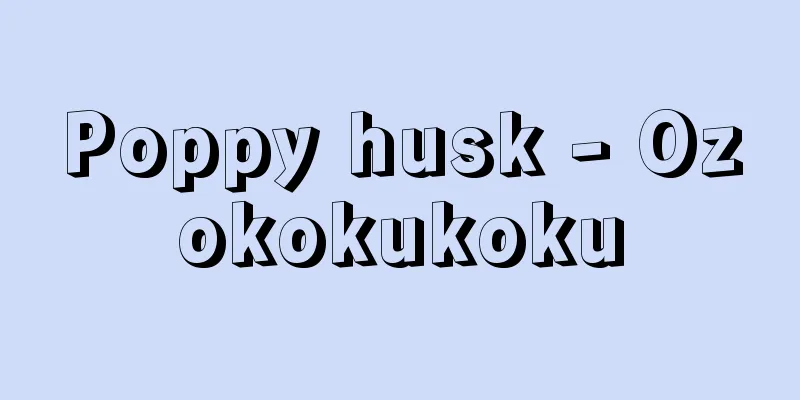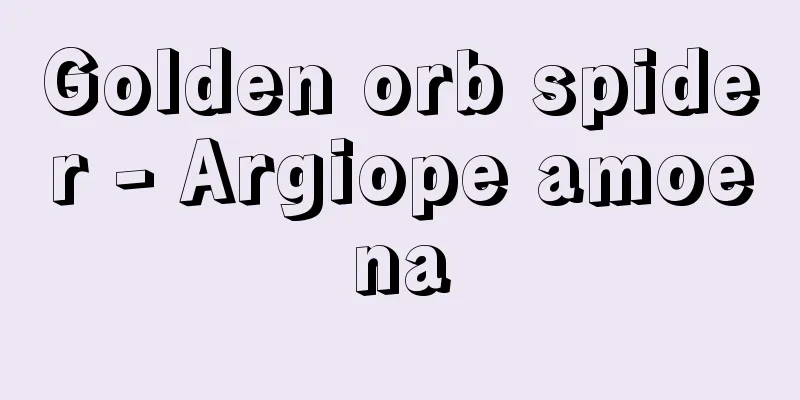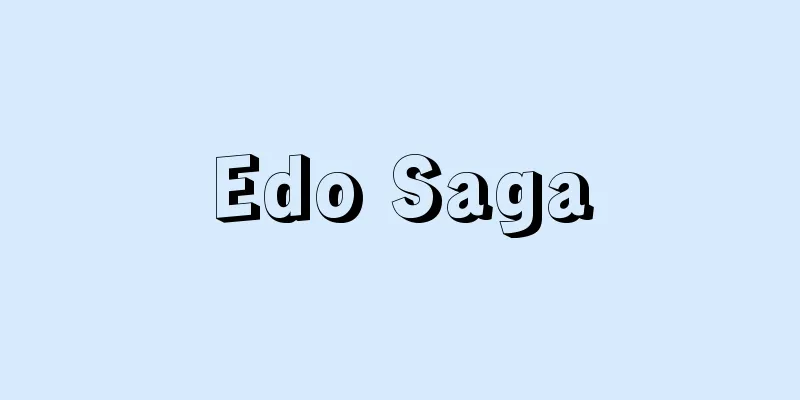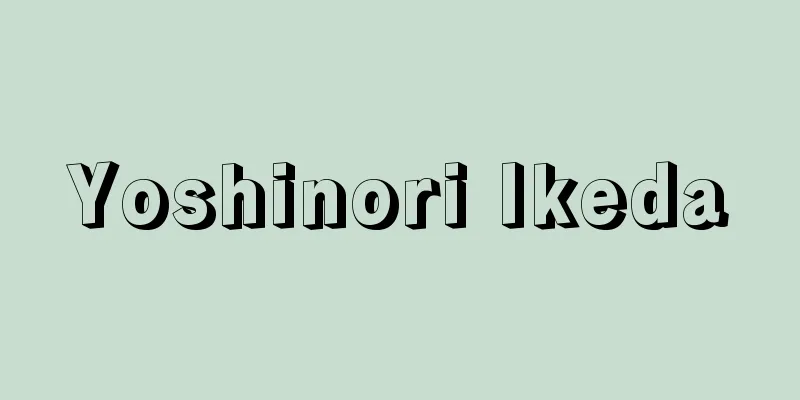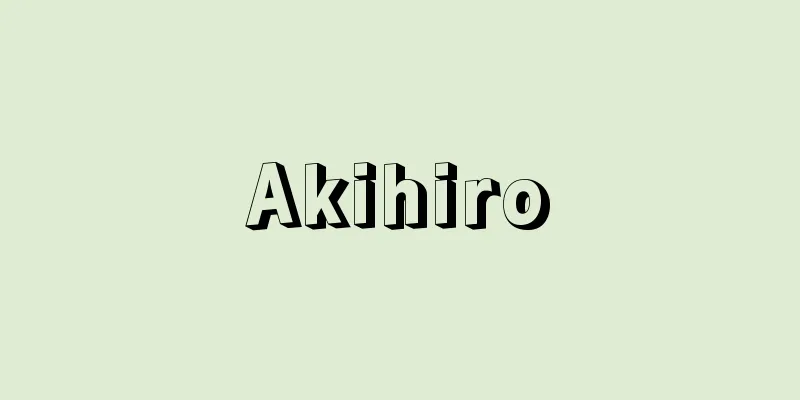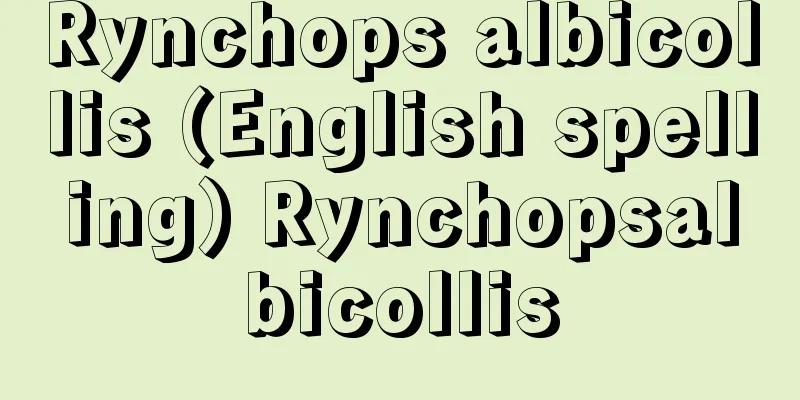Nagoya Castle
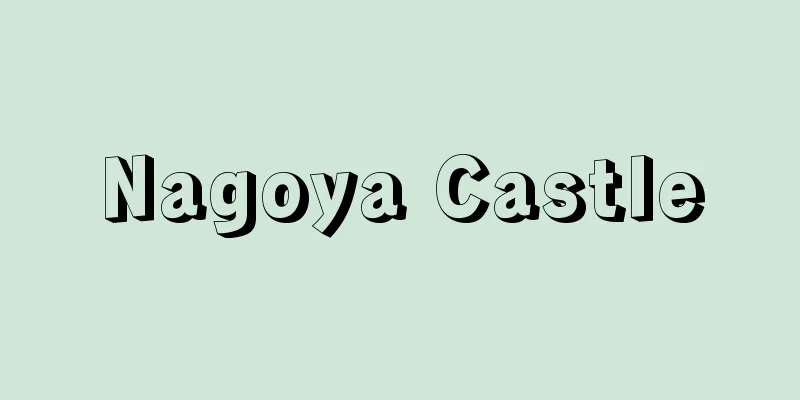
|
A castle from the Sengoku to Edo periods. Located in Honmaru, Naka Ward, Nagoya City, it is also known as Kinko Castle, as the shachihoko (a spear-shaped dagger) on the castle tower is made of bronze castings covered with thin gold plates. The castle is a flat castle built on the northwest corner of the Nagoya Plateau, on the tip of a hill where the plateau juts out into the low marshes to the north. Nagoya was written as Nagoya in ancient times, and the castle of the Sengoku period was Nagoya Castle. It is said to have been located in the Ninomaru area of Edo-period Nagoya Castle. The Sengoku-period Nagoya Castle was built by Imagawa Ujichika, a Sengoku daimyo of Suruga, who is said to have first stationed his youngest son Ujitoyo (date of birth and death unknown) there during the Taiei period (1521-1528). Ujitoyo's castle was taken by Oda Nobuhide, who placed his newborn son, Kichiboshi (Nobunaga), in the castle, but in 1555 (Koji 1), Nobunaga moved the castle to Kiyosu (Nishi Kasugai County), and the castle was abandoned. Later, in 1607 (Keicho 12), Tokugawa Ieyasu's ninth son, Yoshinao, moved into Kiyosu Castle, but the castle's land was small and there was a risk of flooding, so it was decided to build a new castle, and the site of Nagoya Castle, which had been located during the Sengoku period, was chosen. In 1610, Ieyasu ordered 20 feudal lords under Toyotomi's patronage to help with the construction of Nagoya Castle. The castle is surrounded by high stone walls on two sides, a moat on the north and west sides, a deep dry moat on the east and south sides, a high earthwork on the inside, a square-shaped entrance with a tower gate. It is divided into Honmaru, Ninomaru, Sannomaru, Nishinomaru, and Gofukaimaru, and Honmaru is surrounded by an even deeper dry moat. The castle tower was completed in 1612, but if the Ninomaru Palace is to be completed, the extensive construction work would have continued until around 1620 (Genwa 6), including the winter and summer sieges of Osaka. The reason why Nagoya Castle is so magnificent is not only because it was the castle of Ieyasu's son, but also because it was built as a defense against the Osaka side. The Owari Tokugawa family held a fief of over 610,000 koku, and as one of the three Tokugawa families, it continued from Yoshinao to the 16th Tokugawa lord Yoshinori (1858-1875) until the Meiji Restoration. The castle tower, built on the castle tower base to the northwest of the main citadel, is five stories and five stories tall, with one cave. It was built by the leading castle builders of the time, with Kobori Masakazu (Enshu) as the magistrate for construction, Nakai Masakiyo (1565-1619) as the master carpenter, Okabe Mataemon as the chief carpenter, and Kato Kiyomasa as the stone wall of the castle tower base. The main and small castle towers, which were connected to each other, were burned down in an air raid in 1945 (Showa 20), along with the 144 interior partition paintings. The only things that escaped the fire were the southwest corner tower, the southeast corner tower, the northwest corner tower (Kiyosu tower), the front second gate, the east iron gate, and the west iron gate. The current castle tower was restored in 1959 (Showa 34) using reinforced concrete. [Tetsuo Owada] Restoration work on the Honmaru Palace, which had been carried out by Nagoya City since 2009, was completed in June 2018 and opened to the public. Not only the wooden building, but also the interior wall paintings, carved transoms, and decorative metal fittings have been faithfully restored. Dismantling the current castle tower and restoring it in wood is scheduled for completion in December 2022. [Editorial Department] [References] | | |A castle built on the plains by order of Tokugawa Ieyasu. Also known as Kinshachi Castle. The castle tower was burned down in an air raid in 1945 (Showa 20) and restored in 1959. Currently, wooden restoration work is underway, with completion scheduled for December 2022. Nationally designated special historic site Nagoya City, Aichi Prefecture © Aichi Prefecture Tourism Association "> Nagoya Castle "Photo Collection of Scenic Places and Historic Sites of Japan, Based on National Elementary School Textbooks" (1912, held at the National Diet Library ) Nagoya Castle (Meiji period) Source: Shogakukan Encyclopedia Nipponica About Encyclopedia Nipponica Information | Legend |
|
戦国期~江戸期の城。名古屋市中区本丸(ほんまる)にあり、天守閣の鯱鉾(しゃちほこ)が青銅の鋳物に薄い金板を張っていることから金鯱(きんこ)城ともいう。城は名古屋台地の北西隅、台地が北方の低湿地へ突き出た丘陵の突端を利用して築かれた平城(ひらじろ)である。名古屋は古くは那古屋と書かれ、戦国期の城は那古屋城である。位置は江戸期名古屋城の二の丸一帯とされている。戦国期那古屋城を築いたのは駿河(するが)の戦国大名今川氏親(うじちか)で、大永(たいえい)年間(1521~1528)に末子氏豊(うじとよ)(生没年不詳)を置いたのが初めといわれる。氏豊は織田信秀(のぶひで)に城を奪われ、信秀は生後まもない吉法師(きちぼうし)(信長)をこの城に置いていたが、1555年(弘治1)信長が城を清洲(きよす)(西春日井(かすがい)郡)に移すとともに廃城となった。のち1607年(慶長12)徳川家康の9子義直(よしなお)が清洲城に入ったが、清洲城が城地狭く、また水害のおそれがあったことから新たに城を築くことになり、選ばれたのが戦国期那古屋城の場所であった。1610年家康は豊臣(とよとみ)恩顧の大名20人に名古屋城の手伝い普請(ふしん)を命じた。城は西と北の二面に高い石垣を築いて堀を巡らし、東と南には深い空堀を設け、内側に高い土塁を築き、入口に桝(ます)形をつくり楼門が設けられている。本丸、二の丸、三の丸、西の丸、御深井丸に分かれ、本丸にはさらに深い空堀を巡らせている。天守閣は1612年にできあがったが、二の丸御殿までを含めての完成ということになると、大坂冬の陣・夏の陣を挟んで1620年(元和6)ころまで大掛りな工事が進められたことになる。名古屋城がこのように豪壮なのは、家康の子の居城であるというだけでなく、大坂方への備えとして築かれたことを示している。尾張(おわり)徳川家は61万石余を領し、徳川御三家の一つとして義直から16代義宜(よしのり)(1858―1875)まで続いて明治維新に至った。 本丸西北の天守台に築かれた天守閣は五層五重、穴蔵一重で、小堀政一(まさかず)(遠州)を作事奉行(さくじぶぎょう)、中井正清(まさきよ)(1565―1619)を大工棟梁(だいくとうりょう)とし、さらに大工頭に岡部又右衛門(またえもん)、天守台石垣は加藤清正(きよまさ)という当代一流の築城家の手になるものであった。この大天守と小天守の連結式天守閣は、内部の144面に及ぶ障壁画とともに1945年(昭和20)の空襲によって焼失してしまった。焼失を免れたのは西南隅櫓(すみやぐら)、東南隅櫓、西北隅櫓(清須櫓)、表二の門、東鉄(くろがね)門、西鉄門のみである。 現在の天守閣は1959年(昭和34)鉄筋コンクリートにより復原されたものである。 [小和田哲男] 名古屋市により2009年(平成21)から行われていた本丸御殿の復元工事が2018年6月に完了し、一般公開を開始した。木造の建物ばかりでなく、内部の障壁画、彫刻欄間(らんま)、飾り金具なども忠実に復元された。また、現天守閣の解体、木造での復元は2022年12月の完成を目ざしている。 [編集部] [参照項目] | | |徳川家康の命によって築かれた平城。別名金鯱城。天守閣は1945年(昭和20)の空襲によって焼失、1959年に復原された。現在、2022年12月の竣工をめざし、木造復元工事が進められている。国指定特別史跡 愛知県名古屋市©一般社団法人愛知県観光協会"> 名古屋城 『日本名勝旧蹟産業写真集 国定小学校教科書準拠 天』(1912年〈明治45〉)国立国会図書館所蔵"> 名古屋城(明治時代) 出典 小学館 日本大百科全書(ニッポニカ)日本大百科全書(ニッポニカ)について 情報 | 凡例 |
Recommend
Andonmuro
...19th century greenhouses were at the forefront...
Augustus de Morgan
1806‐71 British mathematician, also known as De Mo...
Single Principle of Accounting - Kaikeitan Itsunogensoku
… [Accounting Category] In order to make it easie...
anuria
… In either case, the diagnosis is based on wheth...
left-wing tendency film
...In what follows, I will discuss "tendency...
Come
…Generally, shrines have a variety of reasons for...
Katakura site - Katakura site
…Mylonite often undergoes metamorphism at a sligh...
Fujiwara Yasumasa - The Rest of Fujiwara
Year of death: 9th year of the Chogen period (1036...
Intermittent boiling spring - Kanketsu Futtousen
...There are two types of geysers that gush out i...
Grévin, Jacques
[Born] 1538 [Died] November 5, 1570, Turin. French...
Urahagusa - Urahagusa
A perennial plant of the grass family (APG classi...
Northern Ireland - Kitaairando (English spelling) Northern Ireland
It is one of the regions that make up the United ...
Ono Gon'emon
A wealthy merchant in the early Edo period. A memb...
Aardwolf (English spelling) Proteles cristatus; aardwolf
Carnivora, Hyaenidae. Also known as the aardwolf. ...
